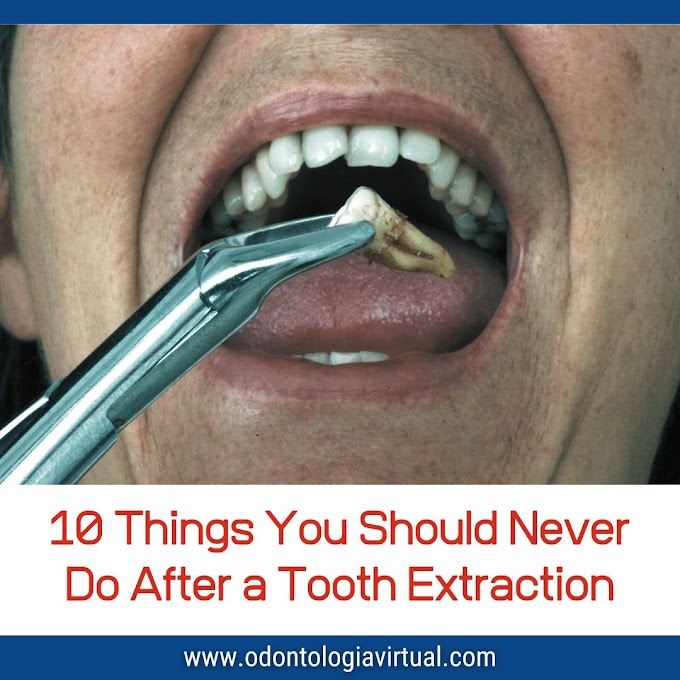The world’s population is aging at an unprecedented rate, and by 2050, one in six people globally will be over the age of 65.
This demographic shift has profound implications for healthcare systems, particularly in the area of oral health.
Among the most prevalent and impactful oral conditions in older adults is periodontal disease—a chronic inflammatory disorder that affects the supporting structures of the teeth and can ultimately lead to tooth loss.
Far from being a localized dental issue, periodontal disease in the elderly is now recognized as both a consequence and a contributor to systemic conditions, including cardiovascular disease, diabetes, respiratory infections, and cognitive decline.
As such, its prevention and management must extend beyond the dental chair, requiring an integrated, multidisciplinary approach that aligns oral healthcare with overall geriatric health services.
Why periodontal disease is more common in older adults
Periodontitis affects nearly 70% of adults aged 65 and older, making it one of the most widespread chronic diseases in this population group.
Its high prevalence is attributed to a variety of age-related biological and socio-environmental factors:
✔ Physiological changes due to aging
These include reduced immune function, slower tissue regeneration, and xerostomia (dry mouth), often due to medication use.
✔ Comorbid systemic conditions
Diabetes mellitus, osteoporosis, and cardiovascular disease have all been shown to exacerbate the severity of periodontal disease.
✔ Lifestyle and socioeconomic factors
Poor oral hygiene, tobacco use, limited access to dental care, and low health literacy further increase risk.
✔ Cognitive and physical decline
Conditions such as dementia or arthritis may hinder proper oral hygiene practices.
Additionally, the inflammatory burden of periodontal disease may contribute to systemic frailty and has been linked to increased mortality in older adults.
The need for a multidisciplinary approach
The complexity of periodontal disease in the elderly calls for a team-based approach that addresses both oral and systemic health.
The ideal multidisciplinary team includes:
✔ Dentists and periodontists for diagnosis, nonsurgical/surgical treatment, and maintenance therapy.
✔ Geriatricians to manage systemic diseases and polypharmacy interactions.
✔ Nutritionists who assess and correct deficiencies that impact both oral and general health.
✔ Primary care physicians to ensure oral health is not neglected in overall patient care.
✔ Social workers and psychologists to identify barriers to treatment adherence and support behavior change.
Interdisciplinary collaboration improves diagnosis, treatment outcomes, and patient satisfaction, while reducing healthcare costs.
A 2022 systematic review emphasized that integrated oral-systemic care models lead to better periodontal and systemic health outcomes in elderly populations.
Oral health as a vital component of aging care
One of the major challenges in treating elderly patients is the separation of dental and general healthcare services.
To overcome this, strategies have been proposed to incorporate oral health into geriatric care systems:
✔ Implementing electronic health records that include dental data.
✔ Co-locating dental professionals in nursing homes and geriatric clinics.
✔ Promoting interprofessional education among healthcare providers.
✔ Providing home-based oral care services for bedridden or institutionalized patients.
These systemic changes not only improve access to care but also encourage early detection and management of periodontal disease and its complications.
► DENTAL BOOK: Little and Falace's Dental Management of the Medically Compromised Patient – 10th Edition (2023)
Conclusion
Periodontal disease in older adults is a complex, multifactorial condition that demands a comprehensive and collaborative approach.
The integration of dental care into broader healthcare services, supported by multidisciplinary teamwork, is essential to effectively manage periodontal health and improve quality of life in aging populations.
Investing in prevention, early intervention, and coordinated care can mitigate the burden of periodontal disease and support healthy aging worldwide.
References
- Chan AKY, Tsang YC, Jiang CM, Leung KCM, Lo ECM, Chu CH. Integration of Oral Health into General Health Services for Older Adults. Geriatrics. 2023;8(1):20.
- Frailty, Aging, and Periodontal Disease. PubMed Central.
- Overcoming Challenges to Integration of Oral Health into Geriatric Care. Exploration of Medicine.













